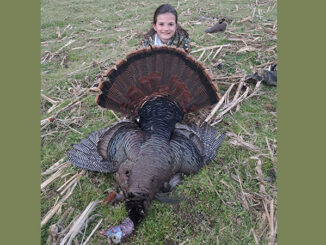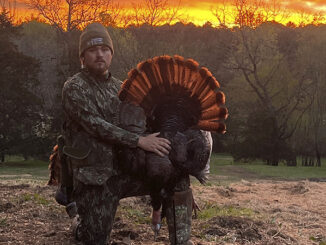
A new regulation that will affect anglers fishing in public mountain trout waters clearly defines what types of lures are allowable when trout fishing on waters that require anglers to use only artificial lures.
As of July 1, natural bait will be defined as any living or dead organism (plant or animal) or prepared substance designed to attract fish by taste or smell, while artificial lures will be defined as bait that neither contains nor has been treated with any substance that attracts fish by the sense of taste or smell.
The regulation does not prohibit the use of unscented or untreated soft plastic baits, and it does not affect trout fishing in “Hatchery-Supported” or “Wild Trout/Natural Bait” Trout Waters.
Several factors led to the implementation of this new regulation: the 2006 repeal of the legislation that defined natural bait; angler confusion over the classification of flavored and scented baits and biologists’ concerns about the increased catch-and-release mortality attributed to attractant baits.
“With new attractant lures coming on the market every year and no definition of what comprised natural bait and artificial lures in the North Carolina statutes or regulation digest, anglers have had a lot of questions,” Curry said. “This rule change allows people to clearly distinguish between natural and artificial lures.”
Originally, artificial lure requirements were implemented on certain trout streams to minimize catch-and-release angling mortality, a requirement that is particularly important in delayed-harvest streams where each stocked trout is expected to be captured and released multiple times during the 8-month catch-and-release period.
The use of natural bait-mimicking substances has become increasingly popular on delayed-harvest streams and other artificial lures-only waters, and research suggests that these baits can lead to increased catch-and-release hooking mortality because of deep-hooking wounds. Deep-hooking wounds usually result when trout ingest bait deep into the esophagus or stomach.
The new rule defining natural bait and artificial lures received widespread public support during the Commission’s public hearings in January. Also, a 2007 survey of resident trout anglers indicated that more anglers opposed (44 percent) the use of artificial bait substances in delayed-harvest waters than supported it (33 percent).
For more information on these new regulations, click here. Also available for free download is the 2008-2009 North Carolina Inland Fishing, Hunting, & Trapping Regulations Digest.
For more information on fishing in the state’s public, inland waters, visit the Commission’s Web site at www.ncwildlife.org or call the Division of Inland Fisheries, (919) 707-0220.




Be the first to comment